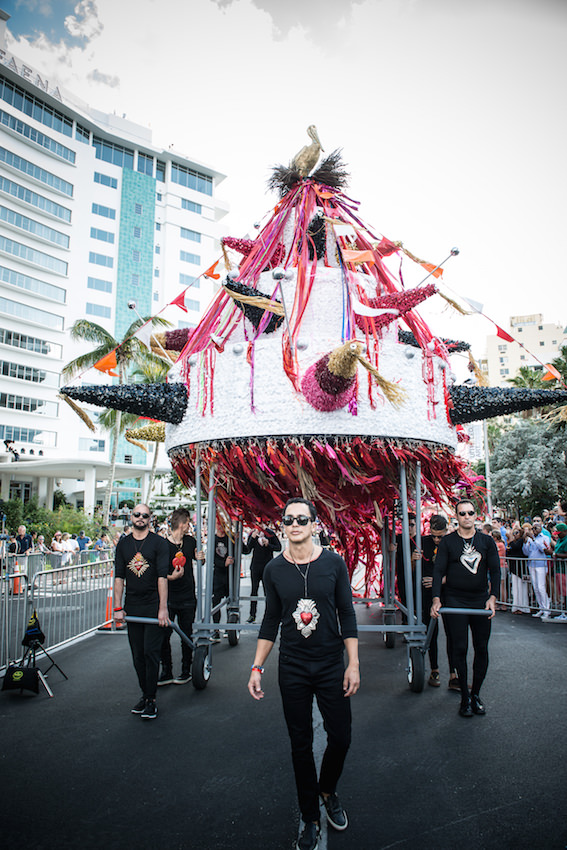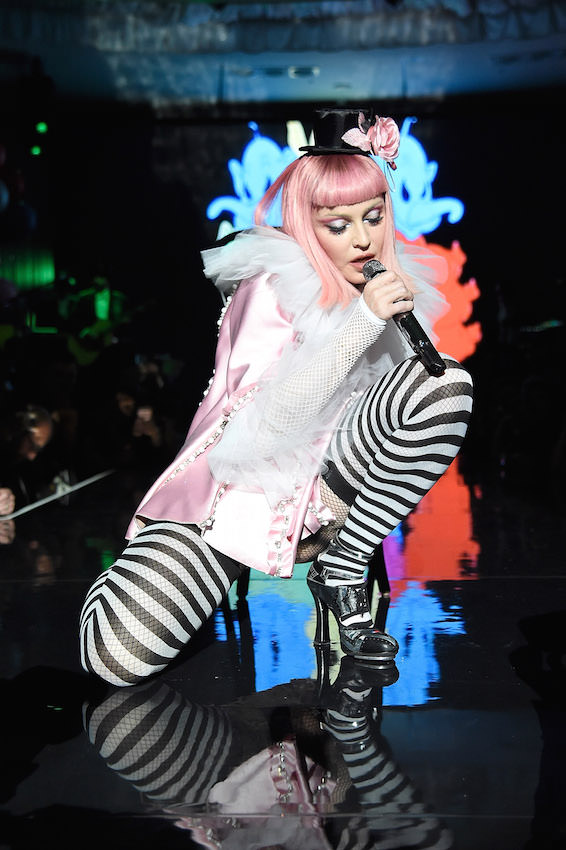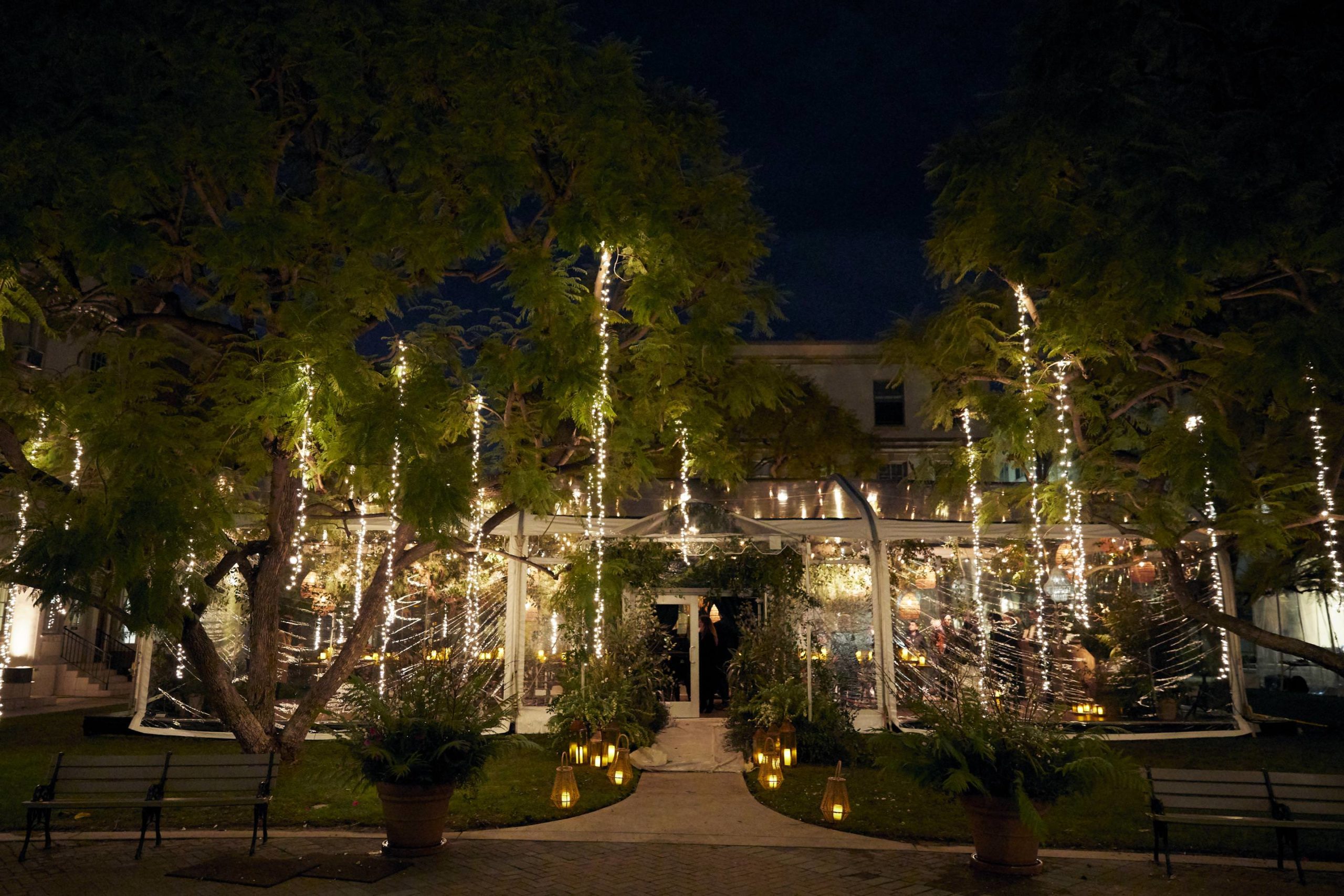The Faena Hotel Miami Beach, a cornerstone of the new Faena District, opened this November. The man behind it all—Alan Faena—first transformed a completely desolate neighborhood in Buenos Aires into one of the most booming areas in the city. He’s since come north with his eyes set on reshaping Miami Beach by bringing back some 1950s glamour and gravitas.
The hotel includes rooms, suites, and penthouse residences created from the cinematic minds of Baz Luhrmann and Catherine Martin, along with a performance theater, the Tierra Santa Healing House, and restaurants with chefs Francis Mallmann and Paul Qui. The “district” also includes residences designed by Foster + Partners and the Rem Koolhaas/OMA-designed institution the Faena Forum. We spoke with Faena about creating “a space like no other” in Miami Beach.
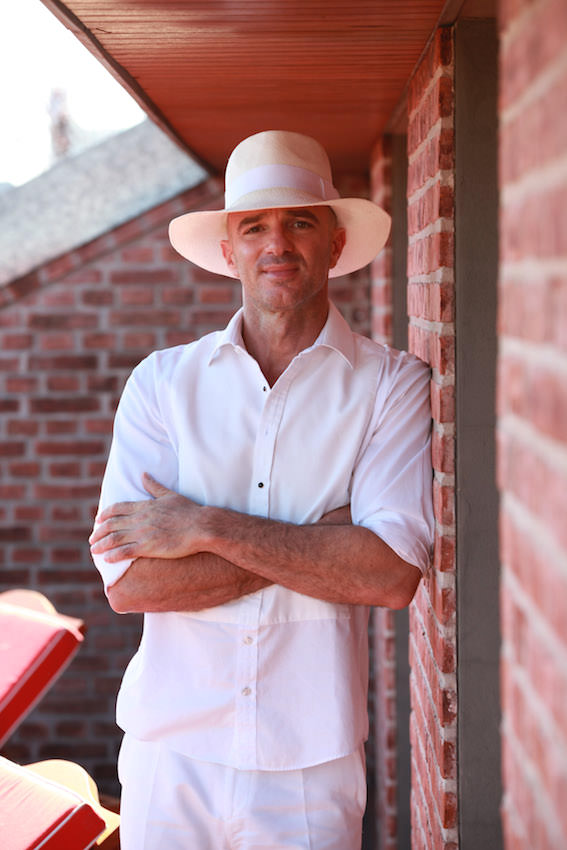
Ala Faena
WHITEWALL: What would you say initially inspired your vision for the Faena District in Miami? What untapped potential did you see in the city?
ALAN FAENA: I think there are two aspects in my mind around the Faena District. One is the ability to put the best minds of the world together to think about how we can create a better place, a utopian place, a place of fantasy, of dreams, a place like no other. So we did that as an exercise of, if you have the chance to do, to dream, to create, how would that place look? What would that place offer? How can you push the limit further, from development to experience, to art, to culture, to architecture, to design, to dancing, to music, to shows? I think we did a lot together for the last few years and now we are ready to open and show to the world that voice, that design, that architecture, that art, and that utopian place and how that looks.
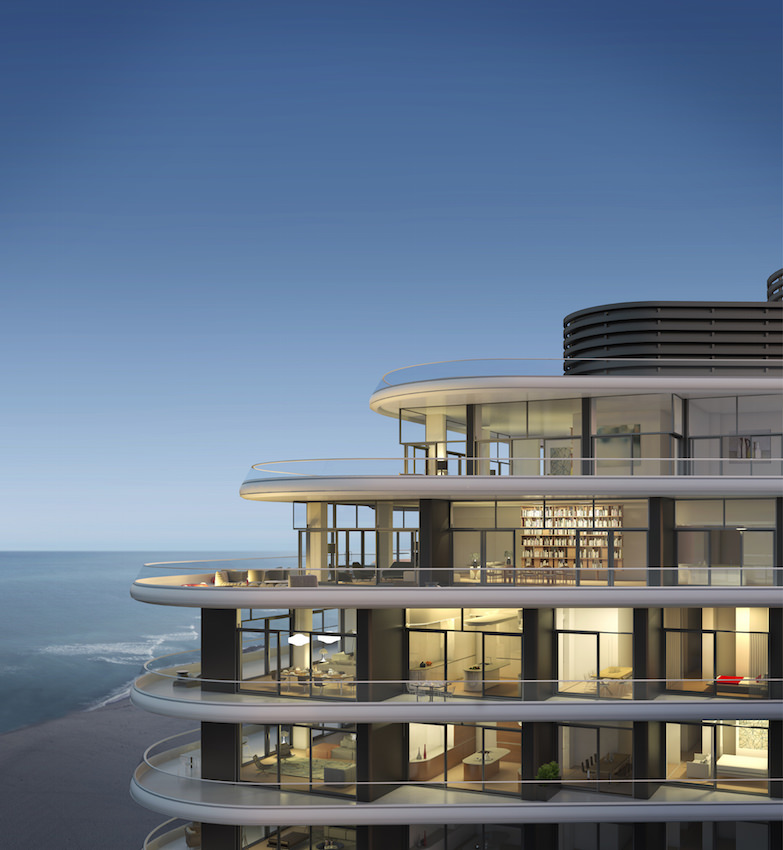
The Faena House
Second is that all this is in Miami Beach, and that makes it even more spectacular. We created this utopian world, and we have the ability and the challenge to put it in one of the most beautiful cities in the world, one of the biggest American cities. Miami Beach is where people come to get innovated, to get surprised. They came to Miami Beach to really get an experience.
WW: How does the hotel set the tone for the Faena District?
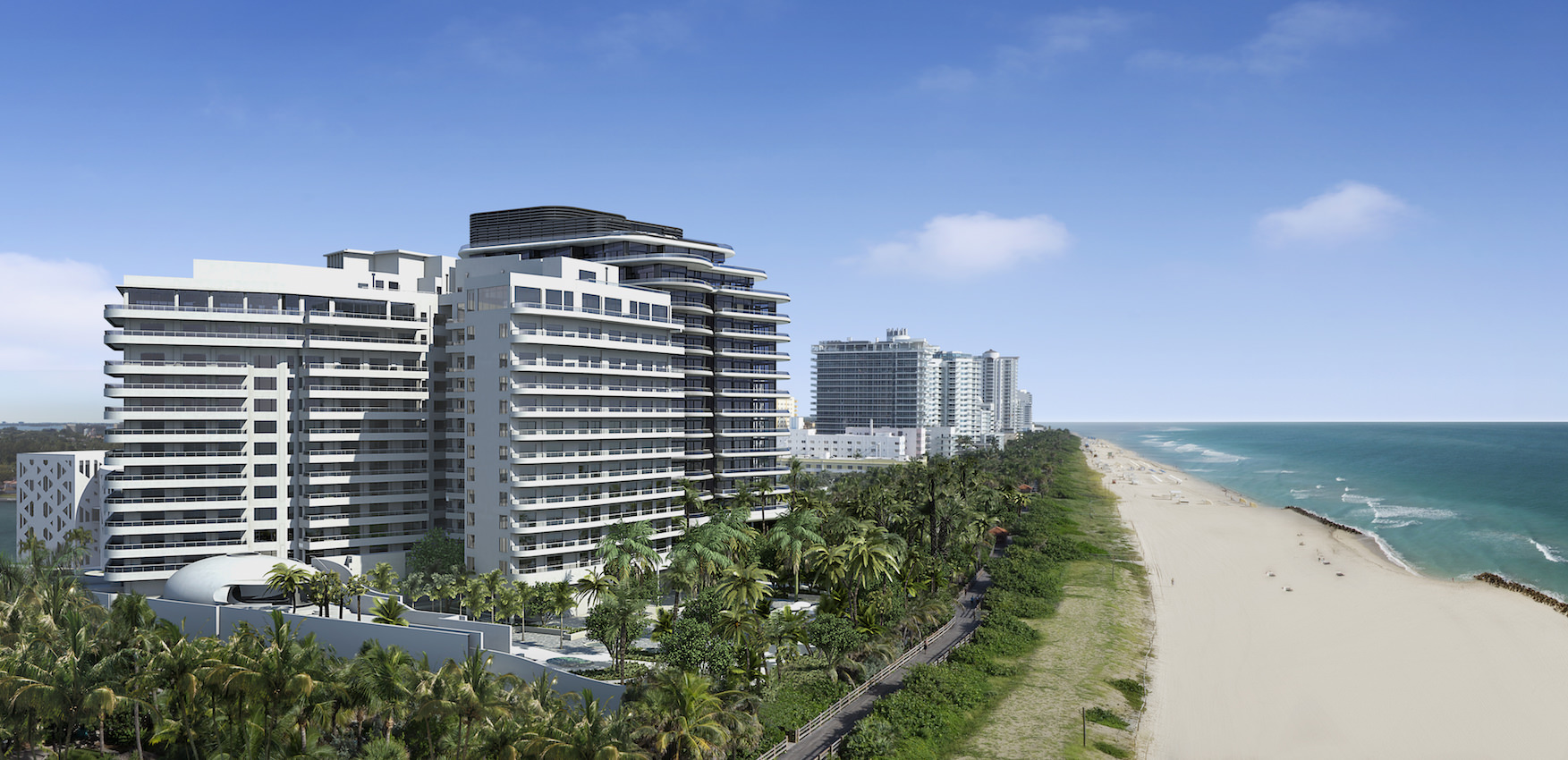
The Faena Hotel Miami Beach
AF: My point of view is that I am not doing a hotel for the fact of building a hotel. I’m building a hotel because I’d love people to stay in my home. At the end of the day, my goal is to have each person that comes experience the Faena Hotel through all their senses—through the food, the rooms, the theater, the Tierra Santa Healing House. We are providing a lot of different sensations because we want everybody to become a better person.
The people I put around me, I call them my dream team: the architects, the designers, the hotel the staff, the service . . . We want to bring what Miami used to have, six-star service. We have a butler in every floor; all the rooms have a great view of the ocean. We want to bring what Miami used to have in the old times, all the glamour of the fifties or that way of taking care of the people that has been lost in the last years.
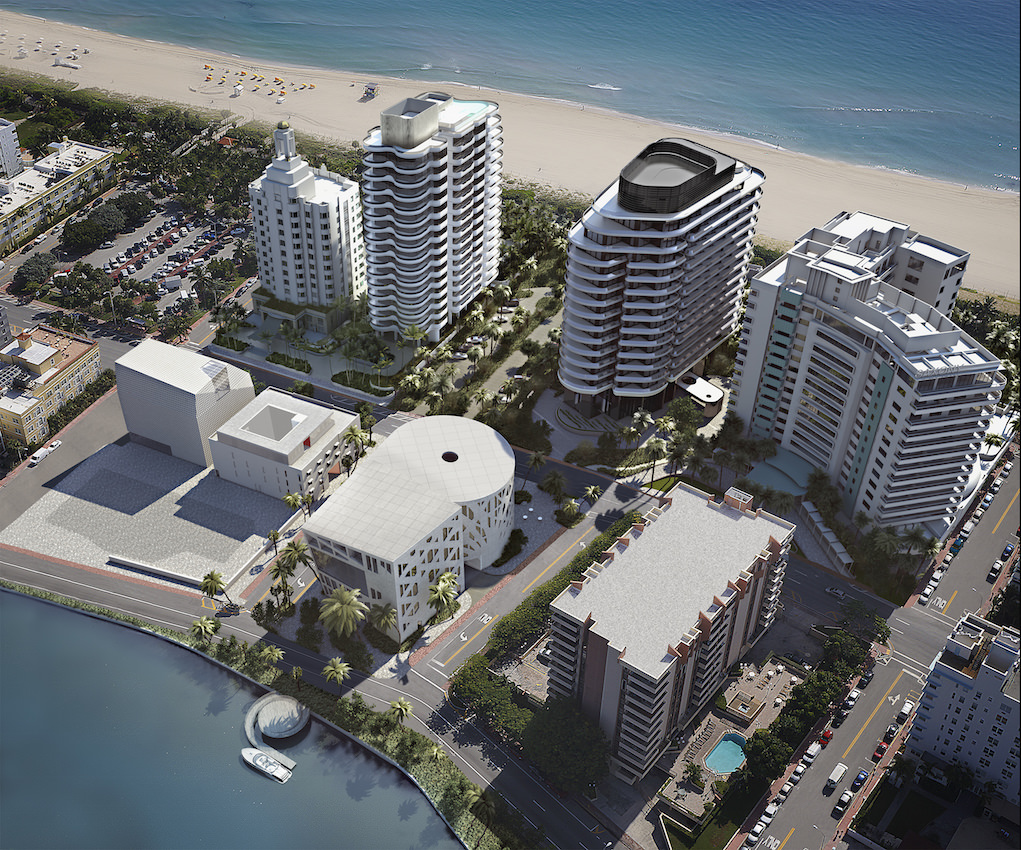
Aerial shot of the Faena District
WW: Do you see that as part of the fantasy you wanted to bring to reality by working with people like Baz Luhrmann and Catherine Martin?
AF: Baz put it very well. He said, “You make the reality what we make in the movies.” And then I’m doing this in a very cinematic way, but the difference is that the experience lasts forever, not like a movie. That’s why I wanted to work with cinematic people, and I always respect their work.
WW: The hotel also includes two new restaurants, by chef Francis Mallmann and chef Paul Qui. Restaurants were a big aspect of the Faena project in Buenos Aires, so how important was food and service to this Miami project?
AF: Francis represents our South American cooking. He’s the ambassador of the fire that we really love, and for me it’s a pleasure to have him on the team. That’s a way to bring our culture from the south to the north. Paul Qui, for me, represents a way of this new American cooking.
WW: And what about the performance aspect in the hotel, the theater?
AF: We call it the Saxony Theater as an homage to the old building. We’re creating different shows. We’ll have our first show for the opening of the hotel, and we have a few shows in production. I think that’s what makes Faena so special, that we do every kind of artistic movement with the same midnset. We produce all the aspects, from the room to the food, to the massages, to the theater, and everything comes through the same mind.
WW: Another part of the district I’d like to ask you about is the Faena Forum, which seems slated to be much more multidisciplinary.
AF: The forum will be multidisciplinary, which will allow us to continue expanding our mind. It’s built by Rem Koolhaas and is a piece of art itself.




